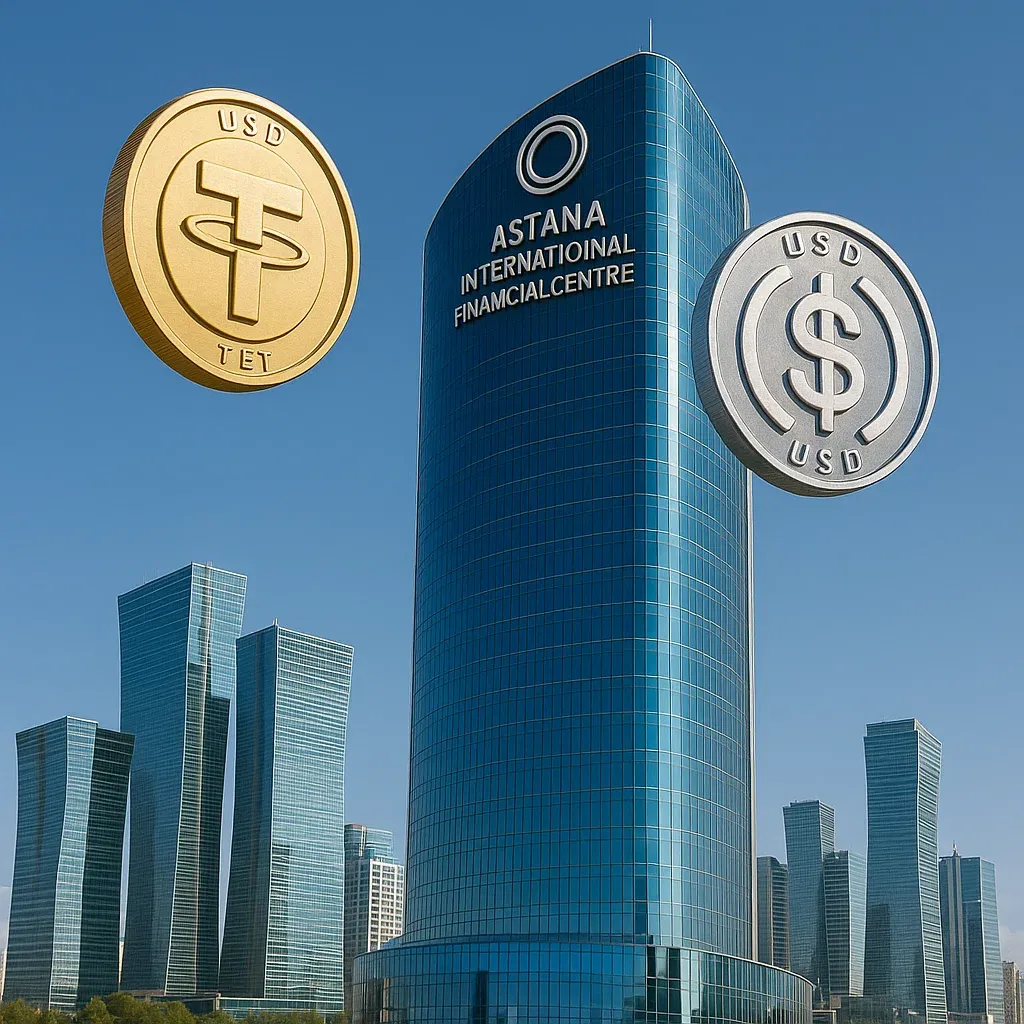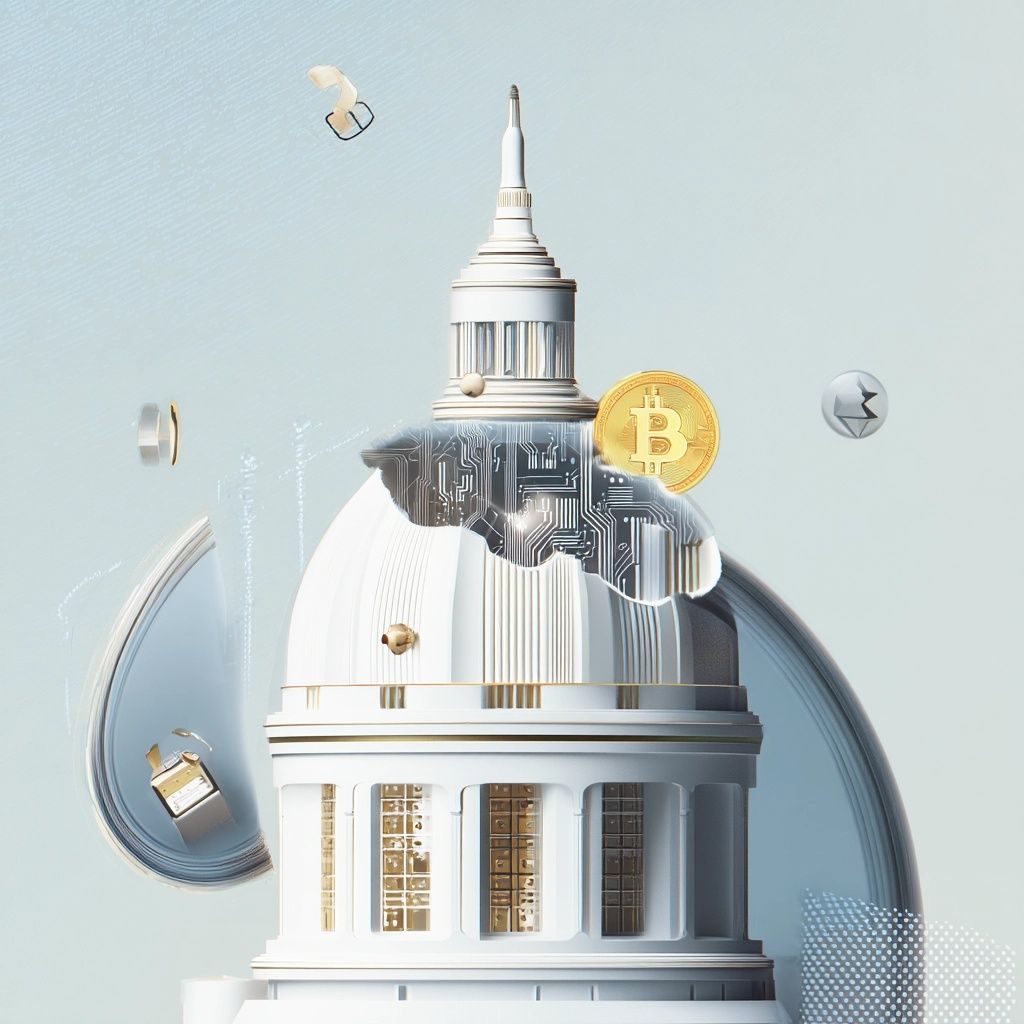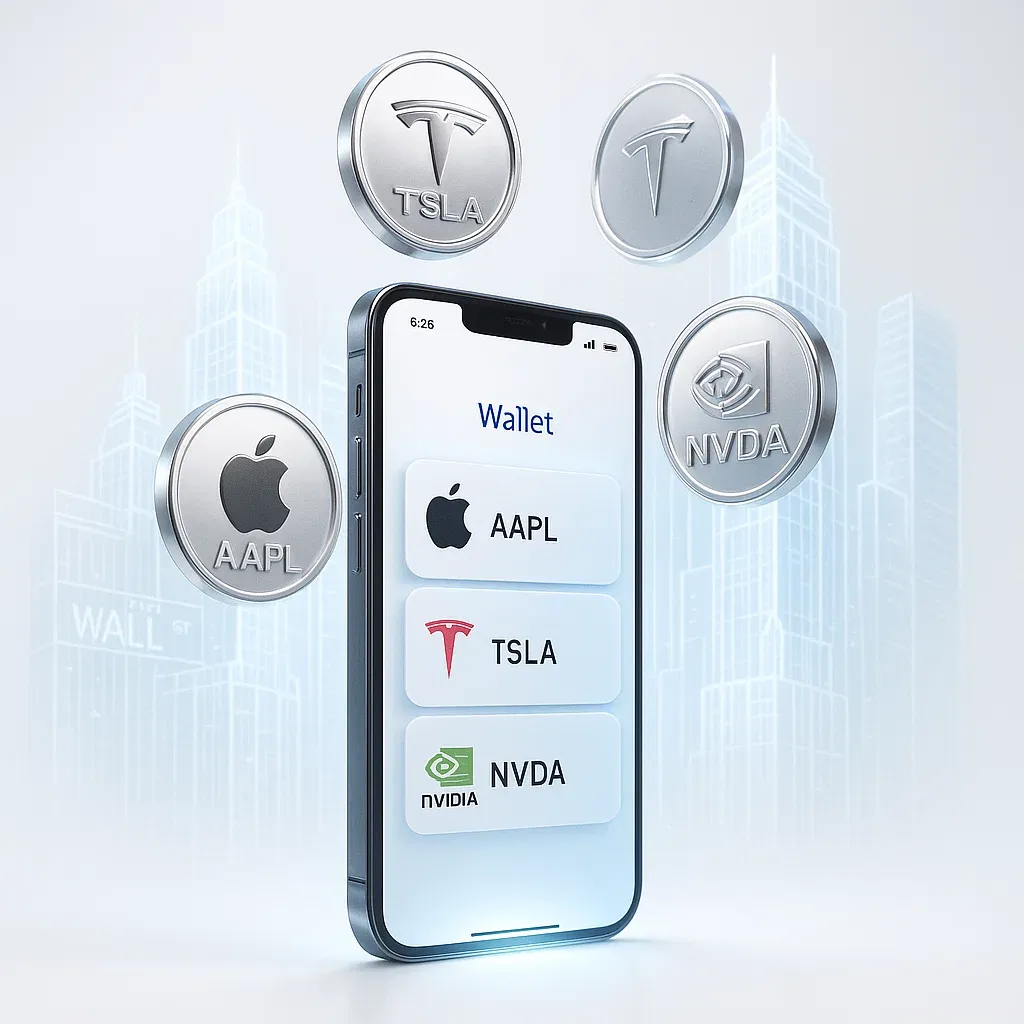Why is Ethereum Increasing the Gas Limit?
⛽ Ethereum Is Raising the Gas Limit – What Does It Mean for You?
Ethereum isn’t just another crypto—it’s the backbone of decentralized applications (dApps) and smart contracts. And now, Vitalik Buterin wants to increase the network’s gas limit. So, why is this happening, and what does it mean for Ethereum users? Let’s break it down.
🔥 What Is the Gas Limit, and Why Does It Matter?
Every transaction on Ethereum requires computational power, measured in gas. The gas limit determines how many operations fit into a single block. Right now, it's 30 million gas units, but Buterin is pushing to raise it.
🛠️ Why Raise the Gas Limit?
Vitalik sees three big reasons for this move:
💰 Lower transaction fees – More transactions per block = lower costs per transaction.
⚡ Higher network throughput – The network can handle more transactions per second.
🚀 Support for complex dApps – Some decentralized applications need more computing power, and the current limit is holding them back.
⚠️ What Are the Risks?
Not everyone thinks this is a great idea. Here’s why some developers and validators are concerned:
🔧 Increased load on nodes – Bigger blocks mean more powerful hardware is needed to process transactions.
🏦 Centralization risks – If only big players can afford to run nodes, Ethereum could lose decentralization.
🔒 Security concerns – More complex operations mean a higher chance of bugs and exploits.
👀 What This Means for Ethereum Users
If the proposal goes through, here’s what to expect:
✅ Cheaper transactions – Gas fees could drop, but this depends on network demand.
✅ Faster dApps & smart contracts – Better performance for decentralized applications.
⚠️ Higher hardware requirements for validators – Running a full node might get more expensive.
🏆 The Bigger Picture
Increasing the gas limit is one step toward Ethereum scaling, but it’s a double-edged sword. If successful, it could boost efficiency and reduce fees, but if mismanaged, it could harm decentralization.
For now, Ethereum’s community will have to decide whether this tradeoff is worth it. Stay tuned—big changes might be coming. 🚀
🔥 TL;DR
- Ethereum is planning to increase the gas limit to lower fees and boost performance
- Pros: Cheaper transactions, better dApp efficiency, faster network
- Cons: Higher node requirements, centralization risks, potential security issues
- Outcome? The Ethereum community will decide if this move is worth it.
Would you rather have lower gas fees or a more decentralized network? 🤔

Recent News
All Time High • Live
Have questions or want to collaborate? Reach us at: info@ath.live











